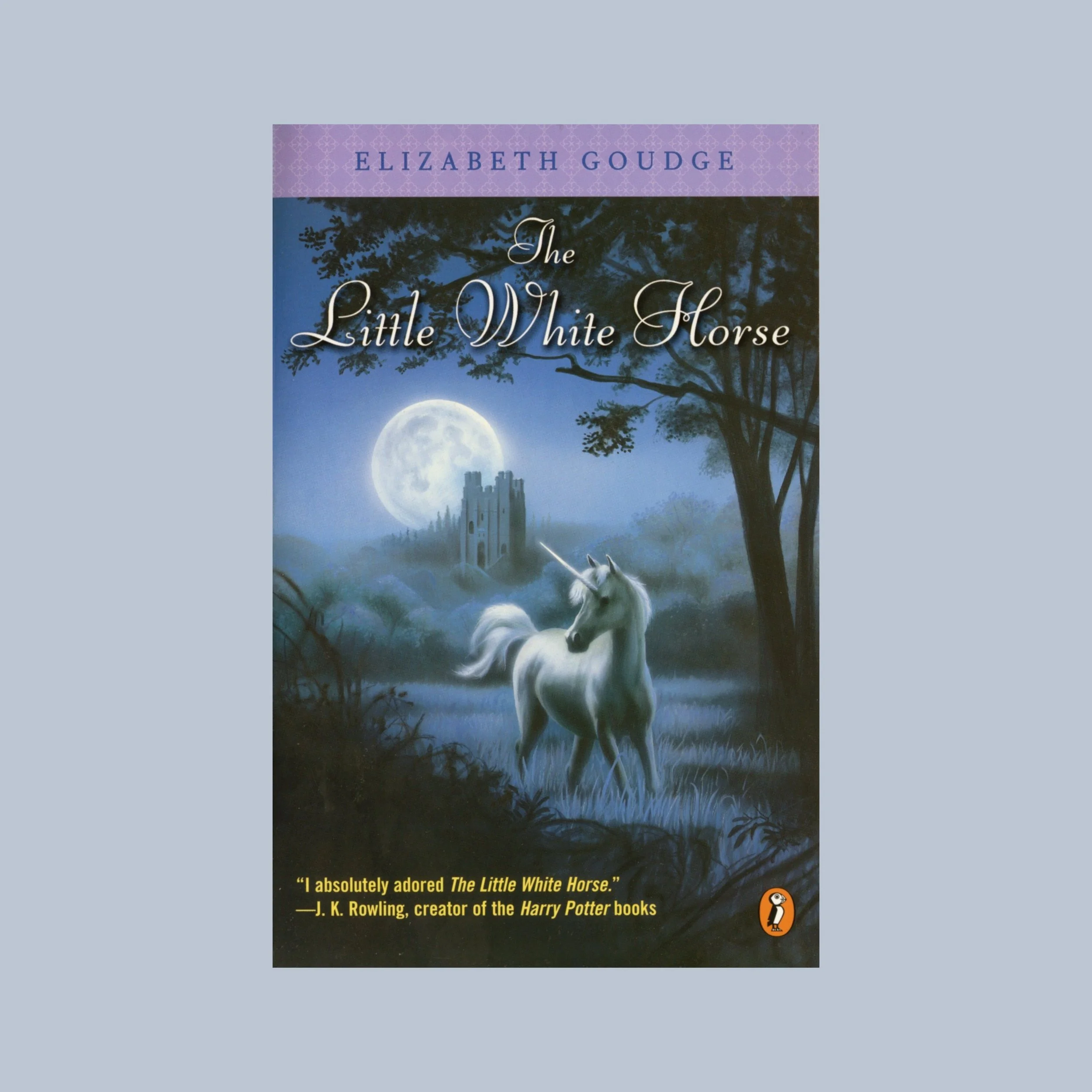Spirit: Stallion of the Cimarron
Spirit: Stallion of the Cimarron was released at the peak of my horse crazy phase as a girl. I was wholeheartedly swept up in the adventure and tragedy of Spirit, a wild mustang first encountering mankind's encroachment on the untouched frontier. I was inspired by his fierce, untamable freedom and touched by the mutual respect built between him and Little Creek, the Lakota man he befriends on their escape from the approaching US army. The animation itself was enough to make me cry. I had already invested hours perfecting my horse drawing technique but that didn’t stop me from studiously following the tutorial included in the DVD’s special features.
Over the weekend, I rewatched Spirit for the first time since my childhood. Turns out my horse crazy phase is one I have yet to outgrow. What struck me most this time was the brilliance of not giving the horses a human voice. Sparse voiceover from Spirit’s perspective sets up the story and fills in a few gaps but the animation bears the burden of delicate emotional expression. Wordless except for a complex spectrum of whinnies and hoarse warning bellows, I felt the full impact of these animals’ joy, anxiety, boredom, curiosity, panic, grief and pain. As Roger Ebert pointed out in his review, "the hero is nevertheless a horse and not a human with four legs.”
I’ll leave you with Ebert's final comments on this masterpiece that marked my childhood: “There is a whole level of cuteness that the movie avoids, and a kind of narrative strength it gains in the process... Uncluttered by comic supporting characters and cute sidekicks, ‘Spirit' is more pure and direct than most of the stories we see in animation--a fable I suspect younger viewers will strongly identify with.” He was right.




